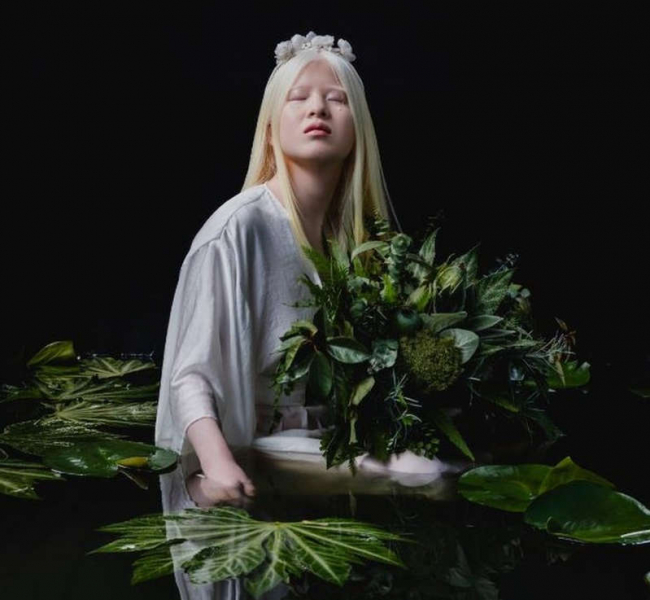
When Xueli was a child, her parents left her on the doorstep of the orphanage. In China, albinism is considered by some to be a curse.
This rare genetic disorder is characterized by a complete or partial absence of pigment, which gives the skin and hair a pale complexion, and also causes increased sensitivity to sunlight.
However, Xueli's unusual appearance opened up the opportunity for her to become a model. At 16, the girl graces the pages of Vogue magazine and is shot for advertising campaigns for leading brands.
Here is her story.
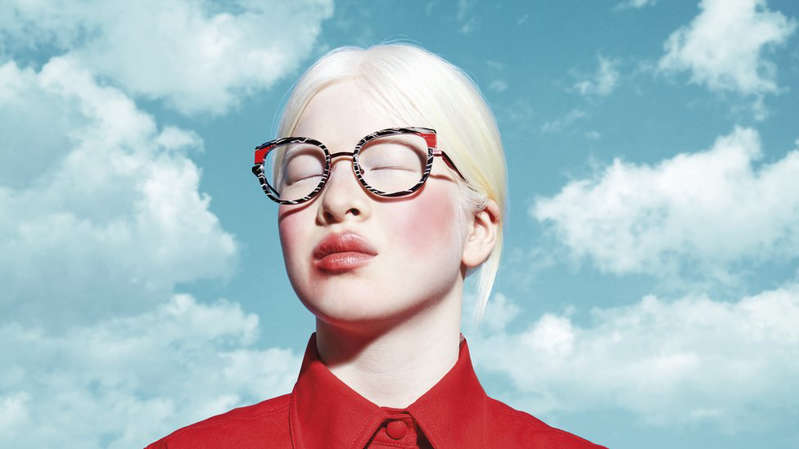
The orphanage workers named me Xue-li. “Xue” in translation from Chinese means snow, “Li” – beauty. When I was three years old, I was adopted: I moved to live with my mother and sister in the Netherlands. Mom said that there was no better name for me, and that it was important to keep in touch with my Chinese roots.
When I was born, the PRC government had a policy of one child per family. If someone had a child with albinism, it was considered a big setback. Some children like me were left to fend for themselves, others were locked up at home, and if they went to school, their hair was dyed black.
And in some African countries, albino people are even hunted: they can chop off limbs or kill them. Healers use their bones for decoction of medicines: the locals believe that this can heal them from various ailments, but, of course, this is just a myth. I was lucky to avoid a similar fate.
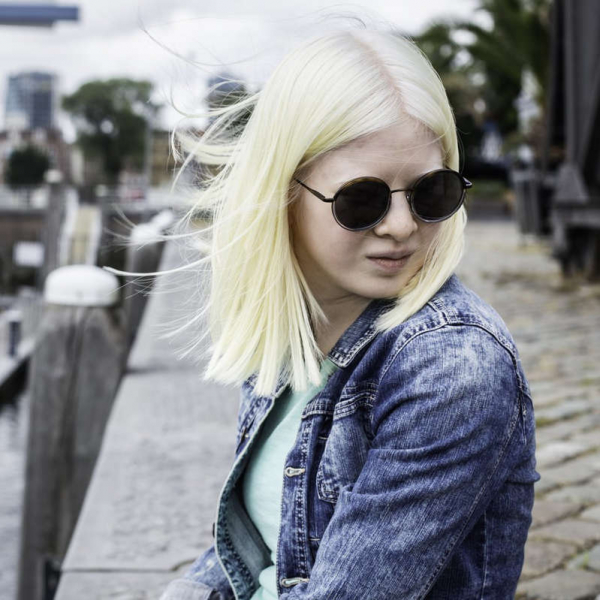
My biological parents did not leave any information about me, so I do not even know my date of birth. Last year, doctors took x-rays of my hand to better determine my age. Then they came to the conclusion that I was about 15 years old.
When I was 11 years old, I first tried myself as a model. My mom talked to a designer from Hong Kong. The woman's son had a cleft lip, and she decided to sew him fashionable clothes so that people would stop “looking in his mouth.” She called her collection “Perfect Flaws” and asked me if I would like to participate in her show in Hong Kong. It was an amazing experience.
- A new era. Model with Down syndrome first became a star of a fashion brand and appeared in Vogue magazine
- “Hijab gives me confidence.” Top model Halima Aden on Islam, glamor and women's right to choose
- Men in pantyhose and girls in wide pants: will fashion have a sexless future?
A little later, I was invited to a couple of photo sessions: one of them was for the photographer Brock Elbank in his London studio. He published my portrait on his Instagram. After that, representatives of the Zebedee Talent modeling agency contacted me with an offer to join their mission to promote people with disabilities in the fashion industry.
One of the photos taken by Brock Elbank appeared on the pages of Italian Vogue magazine in 2019, with Lana Del Rey on the cover. At the time, I still had no idea how important this magazine was, it took me a while to realize why everyone was delighted with it.
In modeling, looking different is a blessing, not a curse, and it gives me a platform to draw attention to albinism. Shooting for footwear brand Kurt Geiger was a great opportunity to showcase my personality. I was allowed to choose the style and direction of the shoot with my sister, as the photographer could not be in the studio due to coronavirus restrictions. It helped me to reveal my image the way I wanted, and I am very proud of the result.
Of course, there are still thin models under two meters in height, but now people with disabilities or developmental disabilities appear on the pages of magazines more and more often, and this is great, but this should become the norm. Often stereotypes are applied to models with albinism, attracting them to shooting in the image of angels or ghosts. It also makes me sad because this approach reinforces the prejudices that threaten the lives of children with albinism in countries such as Tanzania and Malawi.
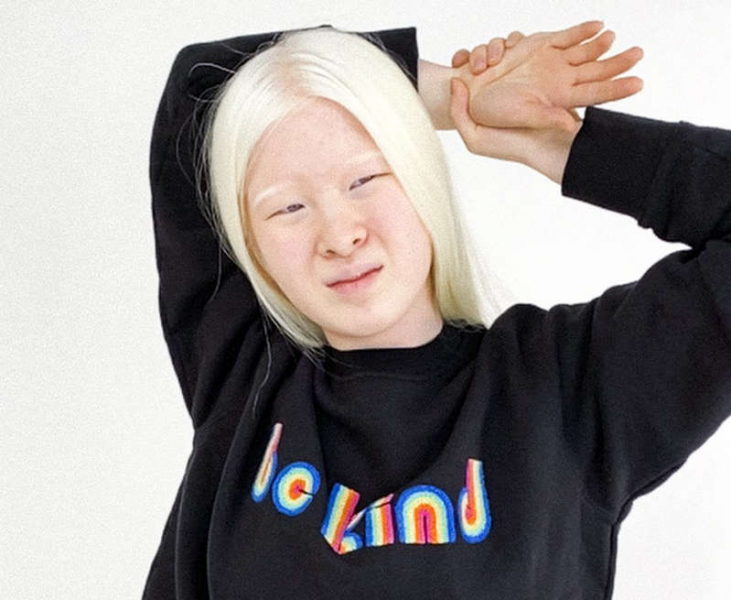
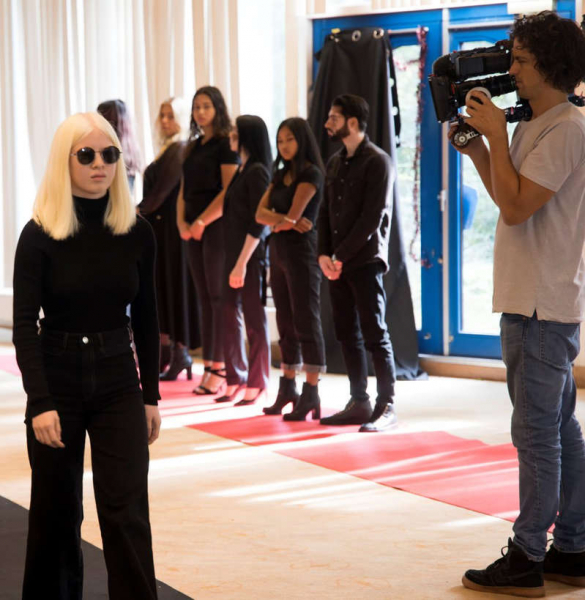
My albinism means that I only have about 10% of my vision, I can't look at a direct light source because it makes my eyes hurt. Sometimes a bright light is used on the set, then I ask if I can close my eyes for a while or make the light softer. Or I say, “Okay, you can take three flash photos with my eyes wide open, but nothing more.”
At first it may seem to them that it is difficult, but later, after taking the first picture, they say “wow” and are satisfied with the result. My agency tells clients that if you cannot meet these conditions, Xueli will not be able to work with you. It is important for them that I feel comfortable.
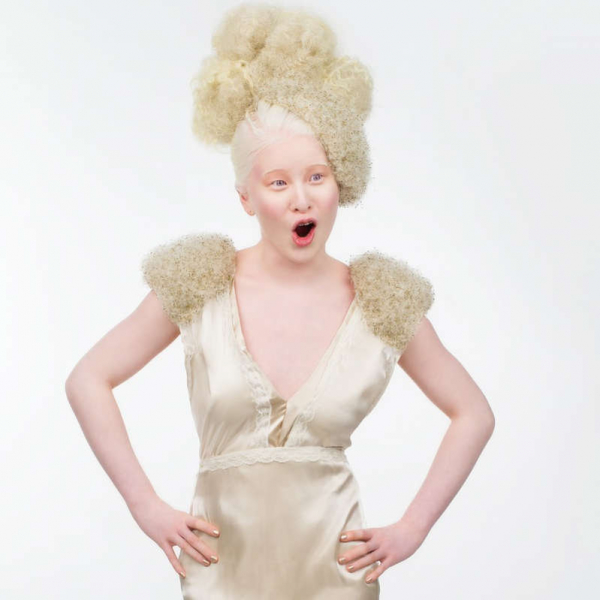
People tell me that my visual impairment gives me the opportunity to see things differently: I see details that others do not pay attention to. It helps me to care less about the traditional concept of beauty. Perhaps due to the fact that I cannot always see everything clearly, I try to concentrate on the voices and thoughts of people. The beauty of their inner world is more important to me.
I enjoy working as a model because I love meeting new people, practicing my English and seeing how others like my photos. I want to use my modeling career as a platform to highlight the issue of albinism, I want to convey that albinism is a genetic disease, not a curse. It is more correct to say “someone with albinism” because “albino” sounds like it defines you as a person.
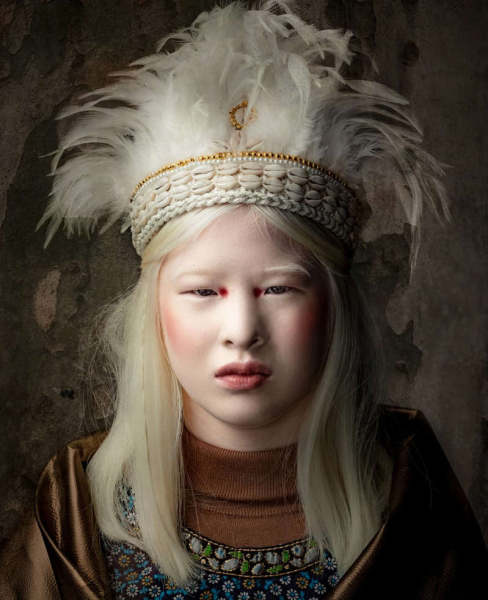
People say that I have to accept and let go of my past, but I disagree. In my opinion, it is important to understand what happened and why, but it is not necessary to accept it. I will not accept that children are killed because they are born with albinism. I want to change the world.
I want children with albinism or any other form of disability or disability to know that they can do whatever they want. As for me, I am in some way different, and in some way the same as everyone else. I love sports and climbing and can do it as well as anyone else. People may say that you will not succeed, but it will not – you will succeed, you just have to try.
All photos are copyrighted.

